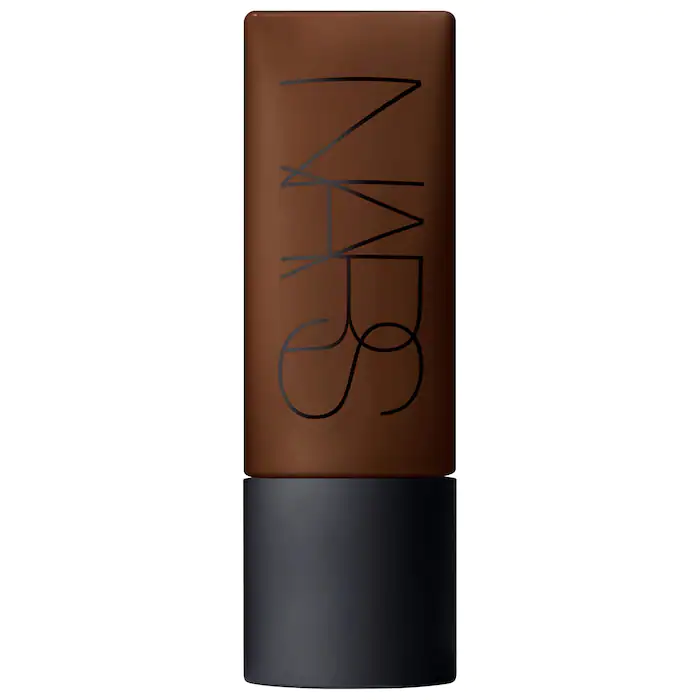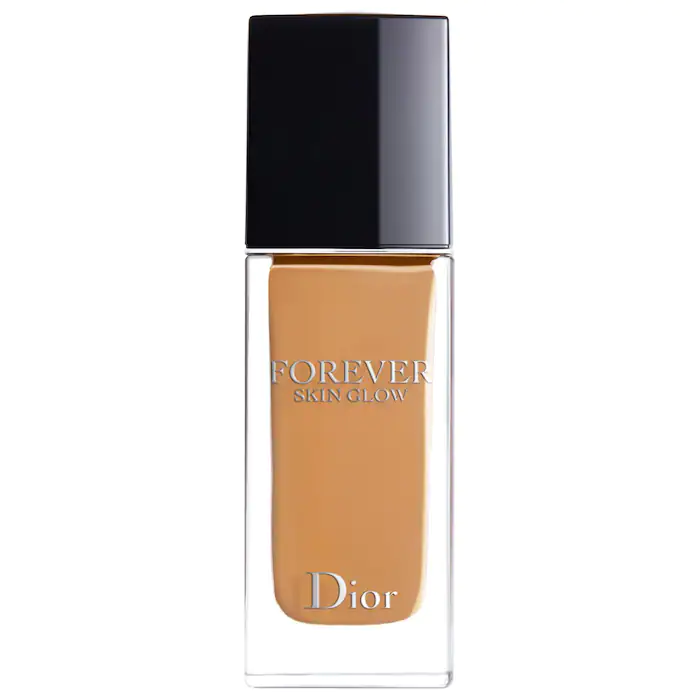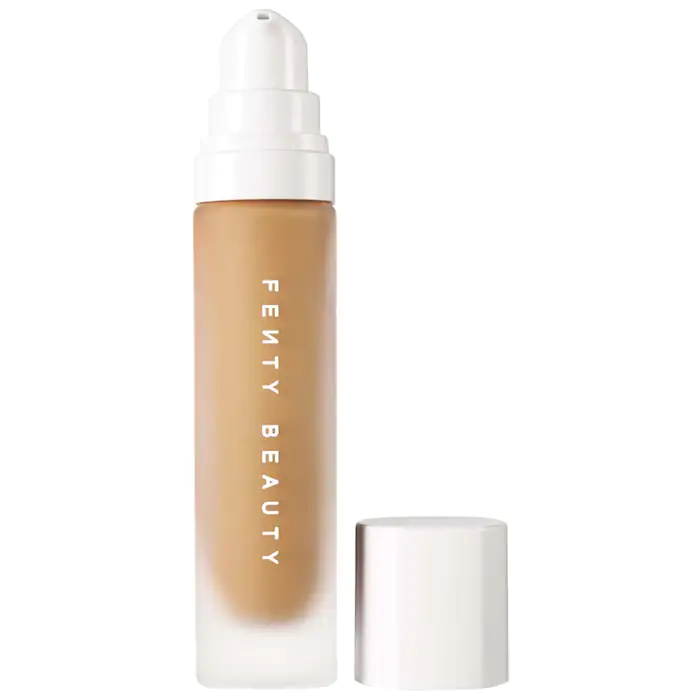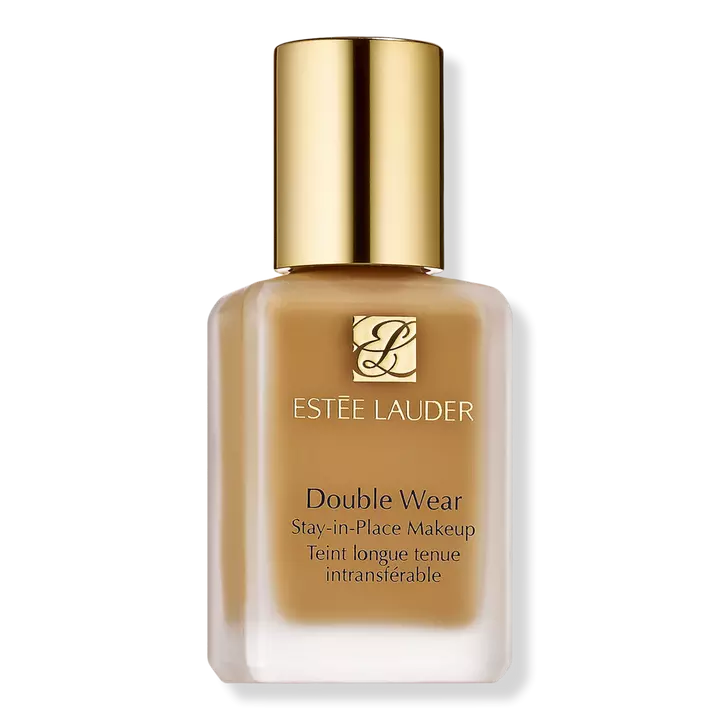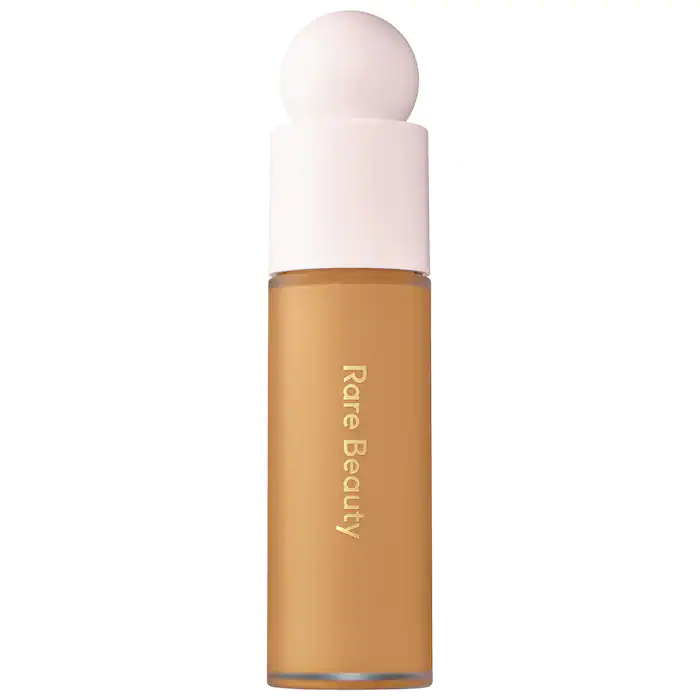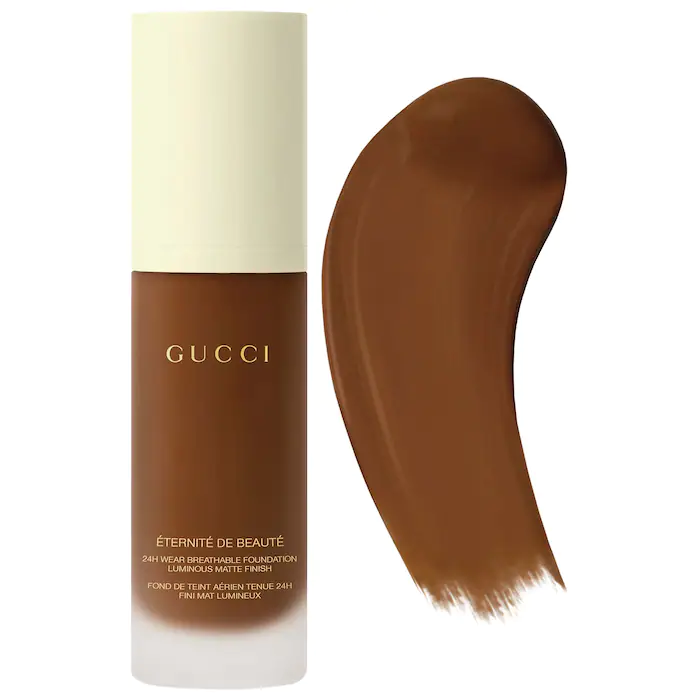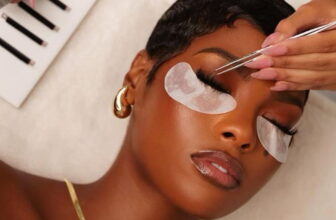When it comes to makeup, foundation is one of the most important products. Not only does it even out your skin tone or protect your skin from the environment and harmful UV rays, but it’s also the base for your entire makeup procedure. However, finding the right foundation shade for your skin can be a challenge. Unfortunately, many women all around the world spend enormous amounts of money and time trying out several foundations before choosing the ideal one.
The best strategy to make your skin look flawless is to use the proper technique when applying the right foundation color and formula. Consequently, understanding how to identify your foundation shade is essential so that you aren’t overwhelmed by the vast array of products available in the market. There are several shades of foundation, and each shade is tailored to a certain skin tone. If done correctly, the foundation may give you a flawless look, but if applied incorrectly, it can ruin your entire look.
Using the wrong shade of foundation can make you look painted or cakey. That is why “How do I find the right foundation shade for my skin?” is such a frequently asked question. Here at Fashion Police NG, we are all about pointing you in the right direction – because with so many foundation shades on the market, it can be a daunting task to find the perfect match for your skin tone. Read on for effective tips on how to find the foundation shade formulated perfectly for your skin.
How to Choose the Right Foundation Shade for Your Skin
-
Determine Your Skin Undertone
Your skin undertone is the subtle color that is underneath your skin’s surface. It is important to identify your skin’s undertone as it can help you choose the right foundation shade that will complement your skin.
To determine your skin’s undertone, examine your veins. If your veins appear green, then you have a warm undertone, which means that your skin has more yellow, golden, or peachy tones. If your veins appear blue, you have a cool undertone, meaning that your skin has more pink, red, or bluish tones.
If your veins appear both green and blue, you have a neutral undertone, which means your skin has a balance of warm and cool tones. Knowing your skin’s undertone will make it simpler for you to choose the most flattering foundation when you go foundation shopping.
Moreover, some foundations include warm-toned and cool-toned labeling. If the foundation’s shade name begins with “N,” neutral, “C,” or “W,” cool, or warm, respectively, you can usually tell.
-
Consider Your Skin Type
The goal of your base makeup is to enhance the appearance of your skin, not to make you appear to be wearing a lot of makeup. So it is essential to know that your skin type can also influence your choice of foundation. For example, if you have dry skin, you may want to choose a hydrating or moisturizing powder, liquid, or stick foundation with a creamy texture. On the other hand, if you have oily skin, you may need a mattifying or oil-free foundation. As a result of the powders in these, your skin will have an even, matte look after absorbing oil.
Mineral foundations also perform well on oily skin since the dry particles have a tendency to absorb moisture and reduce shine. In the worst-case scenario for people with combination skin, avoid foundations that are designed to be emollient or oil-rich and instead experiment with strategically combining and matching products.
Finally, if you have sensitive skin, it’s better to stay away from foundations with chemicals like alcohol and fragrance that might irritate your skin.
-
Understand the Foundation Coverage and Finish
A foundation’s appearance on your skin can also be impacted by its coverage and finish. If you’ve never used foundation before, you might be confused about what a “finish” is. Even seasoned foundation users sometimes appear to be unsure which one they desire. Simply said, a finish is a sheen—or lack thereof—that a foundation formula leaves on your skin. Your ability to pull off any finish also depends on the type of skin you have.
Foundations come in different finishes like matte, satin, dewy or radiant. It is important to choose a finish that suits your skin type and preference. Coverage refers to the opacity of the foundation. Some foundations offer full coverage, meaning they can conceal all skin imperfections and blemishes. Others have light or medium coverage, which is suitable for those who prefer a more natural look.
-
Test the Foundation
Testing the foundation on your skin is an essential part of finding the right foundation shade. The best place to test foundation is your jawline or neck as these areas tend to have a consistent skin tone. When testing the foundation, make sure you use natural light to see how the foundation looks on your skin.
The ideal foundation shade will flawlessly match your skin tone and prevent you from looking ashy or eerie. It’s the wrong tint if it gives your complexion a pale cast or if it makes you look darker.
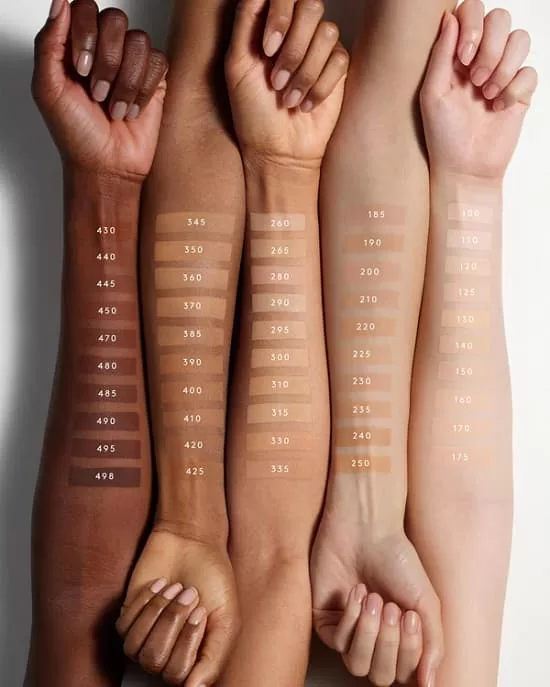
-
Try Different Shades and Mix Them
Sometimes, the perfect foundation shade may not be readily available. It may require mixing two or more shades to achieve the right match for your skin tone. Do not be afraid to experiment and try different shades.
Mixing different shades of foundation can help you achieve a customized shade that matches your skin tone more precisely. Start by selecting two foundation shades that are close to your skin tone. One shade should be slightly lighter than your skin tone, and the other should be slightly darker. Then, squeeze a small amount of each foundation shade onto the back of your hand and mix them together using your finger or a makeup brush.
Apply a small amount of the mixed foundation to your jawline and blend it in. Check the color in natural light to ensure it matches your skin tone. If the mixed foundation is too light, add more of a darker shade. If it’s too dark, add more of the lighter shade. You can also adjust the ratio of the two shades to achieve the desired color.
Once you have found the right ratio of foundation shades, it’s a good idea to make a note of it for future use. Ensure always to consider the foundation formula; if you are mixing foundations with different formulas, be aware that this may affect the finish and texture of the final product. For example, mixing a matte foundation with a luminous foundation may result in a semi-matte finish and that’s not so cool.
-
Ask for Professional Help
If you are still struggling to find the perfect foundation shade, consult a makeup artist or beauty consultant. They can help you determine your skin undertone, recommend the right foundation type and shade, and provide tips on how to apply it.
Now that you have a fair knowledge of how to find the perfect foundation shade, you would need to keep in mind the following when applying your foundation:
1. Use the right makeup tools: You need to equip yourself with the appropriate application tools, such as a makeup sponge or a rounded foundation brush. High-quality tools will always provide a smooth and flawless finish.
2. Prep your skin: Before applying foundation, make sure your skin is clean and moisturized. Use a gentle cleanser and apply a lightweight moisturizer that is suitable for your skin type. This will help the foundation to go on smoothly and look more natural.
3. Apply in thin layers: Start with a small amount of foundation and apply in thin layers. Build up the coverage gradually to avoid a heavy or cakey look. Using a beauty blender or makeup brush can help achieve a more natural finish.
4. Use a setting spray: To diffuse the look of the makeup while making it look incredibly natural and hydrated, apply a calming mist or a setting spray onto the large, flat size of your beauty sponge.
5. Set with powder: To help your foundation last longer, set it with a translucent powder. This will also help to reduce shine and keep your skin looking matte.
6. Remove at night: It’s important to remove your makeup foundation at night to allow your skin to breathe and regenerate. Use a gentle facial cleanser to remove and follow up with your regular skincare routine.
Finding the foundation color that best fits your skin tone takes some trial and error. Nonetheless, with these available tips, you may choose a foundation that will accentuate your inherent beauty and give you the desired flawless appearance.
The ideal foundation shade gives off a natural-looking finish by blending seamlessly with your skin tone and undertone. With the help of our comprehensive guide on how to choose your foundation shade, you may better understand your makeup needs and how to choose the ideal product with the proper texture, tone, and formulation when next you go foundation shopping.

